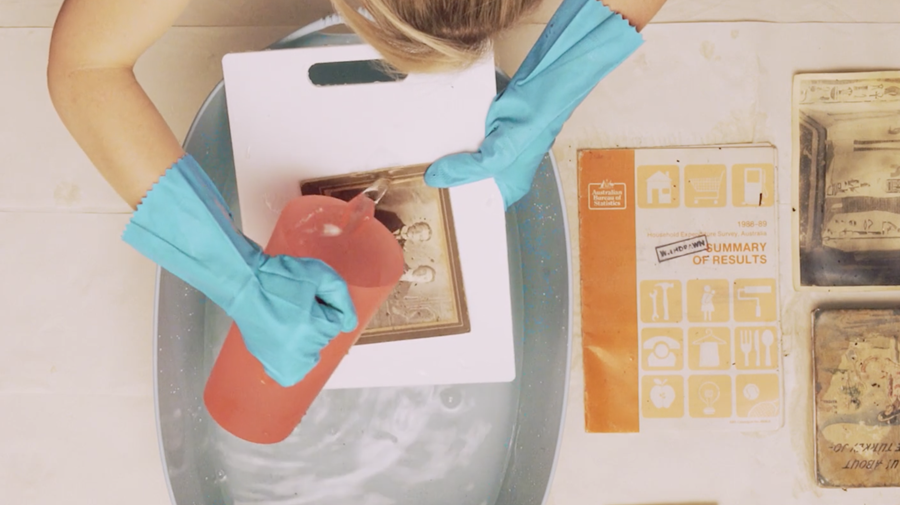
Water-damaged artwork triage
In the clean-up after the March 2021 flood events, as people assess the impact of the floods – we consider the challenge of choosing which works to save.
Because each artwork is unique in terms of its materials, framing and the nature and extent of the damaged that has occurred, we always recommend you contact a professional art conservator as soon as possible. Based on their preliminary assessment of your work (send photos or arrange a visit), they will be able help you identify which works should be sent for conservation and what you can do to minimise the effects of water damage in the meantime.
It’s important to get this advice as soon as possible – as problems such as mould, and brackish water can cause significant damage to your artworks in a short amount of time, especially in warmer weather.
There are many complicated variables to consider during the conservation process, but the conservator’s first priority will usually be to determine how to remove the work from its framing without damaging it, and then arrange a safe place to store the work before it can be dried using methods appropriate to the artwork materials. This can sometimes involve air-drying or freeze-drying the work to remove moisture and arrest growth off mould, or washing the work is specially formulated chemical solutions to remove foreign matter, and stabilise the artwork materials (fibres and pigments).
The Australian Institute for the Conservation of Cultural Material have prepared some excellent resources for salvaging works damaged by flood and other disasters, including when and how to freeze water-damaged work on paper – check out their links and videos.
The State Library of Queensland have made some great video’s on salvaging photos, books and other work on paper, available on their Vimeo channel…
